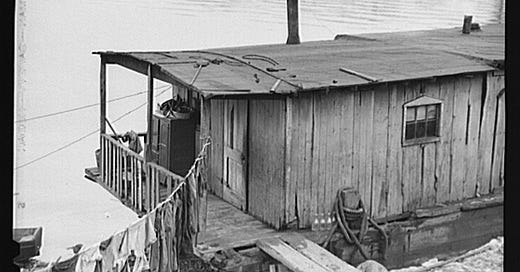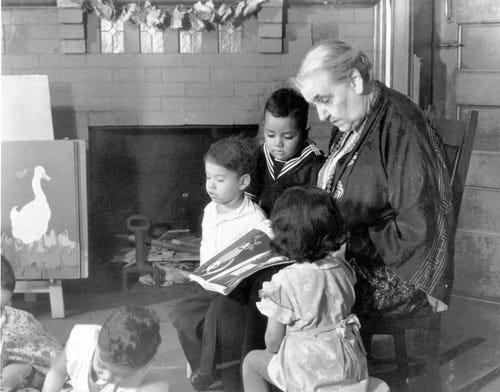Reverdy Ransom was born in the free state of Ohio in 1861, the year the Civil War started. He became a minister in the African Methodist Episcopal denomination and challenged how people thought about the mission of the church.
Ransom grew up in poverty, and as a child he observed the contrast between his family’s circumstances and the comfortable condition of the white families where his mother worked as a domestic servant. In his autobiography, The Pilgrimage of Harriet Ransom’s Son, he wrote that as a child he asked himself why black people were poor and why he could not go to school with white children.
Ransom graduated in 1886 from Wilberforce University, an African American school in Ohio. He spent the next seven years as an itinerant pastor for small congregations in Pennsylvania and then Ohio. In 1888 his bishop assigned Ransom to a tiny impoverished black congregation called the Manchester Mission in Allegheny City which is now North Pittsburgh, Pennsylvania. In his autobiography he described Allegheny City.
“There were thousands of my people there, living in wretched tenements in the alleys, and in shanty boats along the river front.” He pastored in this place for two years and here got his first vision of the need for social services and for ministry to people’s material, as well as spiritual, needs. Ransom began to believe there was a social dimension of the mission of the church to provide for relief of material suffering as an application of the Golden Rule.
From 1890 to 1920, the Progressive Era was a time of social and political reform carried out in a fervor of optimism over the possibility of progress toward a perfect society. Christians breathed the same air of optimism and progress. Many Christian leaders began to promote the church’s use of modern methods to solve societal problems. This approach to Christianity became known as the social gospel which called for the regeneration of both individuals and of societal institutions and for the care of people’s material needs in the here and now.
Formed by his early life of poverty and early itinerant pastoral ministry assignments in impoverished neighborhoods, Ransom absorbed the social gospel means and ends. His experiences of racial discrimination shaped his own application of the social gospel in the light of race consciousness.
Rapid industrial growth after the Civil War created a large need for labor which was supplied by immigrants and rural workers moving to cities. The resulting rapid urbanization created overcrowded tenement housing in slums with inadequate water supplies, sanitation issues, health concerns, and little government-supplied social or economic aid.
One of the responses to the plight of poor urban workers was the Settlement House Movement started in England. Middle class reformers, often women, would live in close proximity to the urban slums and provide social, educational, and other kinds of services for the poor. Jane Addams started a settlement house in Chicago called Hull House to aid European immigrants with a special focus on children. She saw her work as part of the social gospel movement.
Ransom was assigned to a church in Chicago in 1896. He knew about the settlement house concept and became friends with Jane Addams. Using her Hull House as an example, Ransom created the Institutional Church and Social Settlement which would combine traditional church with extensive social services for blacks.
The African Methodist Episcopal leadership gave him a mixture of support and criticism. They officially supported him, but a number of ministers in Chicago criticized him for not preaching true religion and would not allow their members to cooperate with or take communion at the Institutional Church because it was “not really a church.” This kind of criticism would be leveled at social gospelers, white or black, by those who felt that the church existed to preach the salvation of individual souls, not tend to social concerns.
In 1901 Ransom published a defense of the Institutional Church which he compared to a nursing mother. He described the many services for men, women, and young people and connected these social services with Christian spirituality. He wrote, “It is our belief that the days of the old method of church work are numbered…Through the Institutional Church we are entering the moral and spiritual race of the twentieth century.”
Chicago journalist Katherine Leckie wrote a long descriptive piece on the Institutional Church the year of its founding and noted how it had changed everything for the “colored population” of the neighborhood by its offerings, especially resources for education.
This debate about the role of the church in society continues still today.












This history is so interesting, important and relevant! Thank you for sharing!